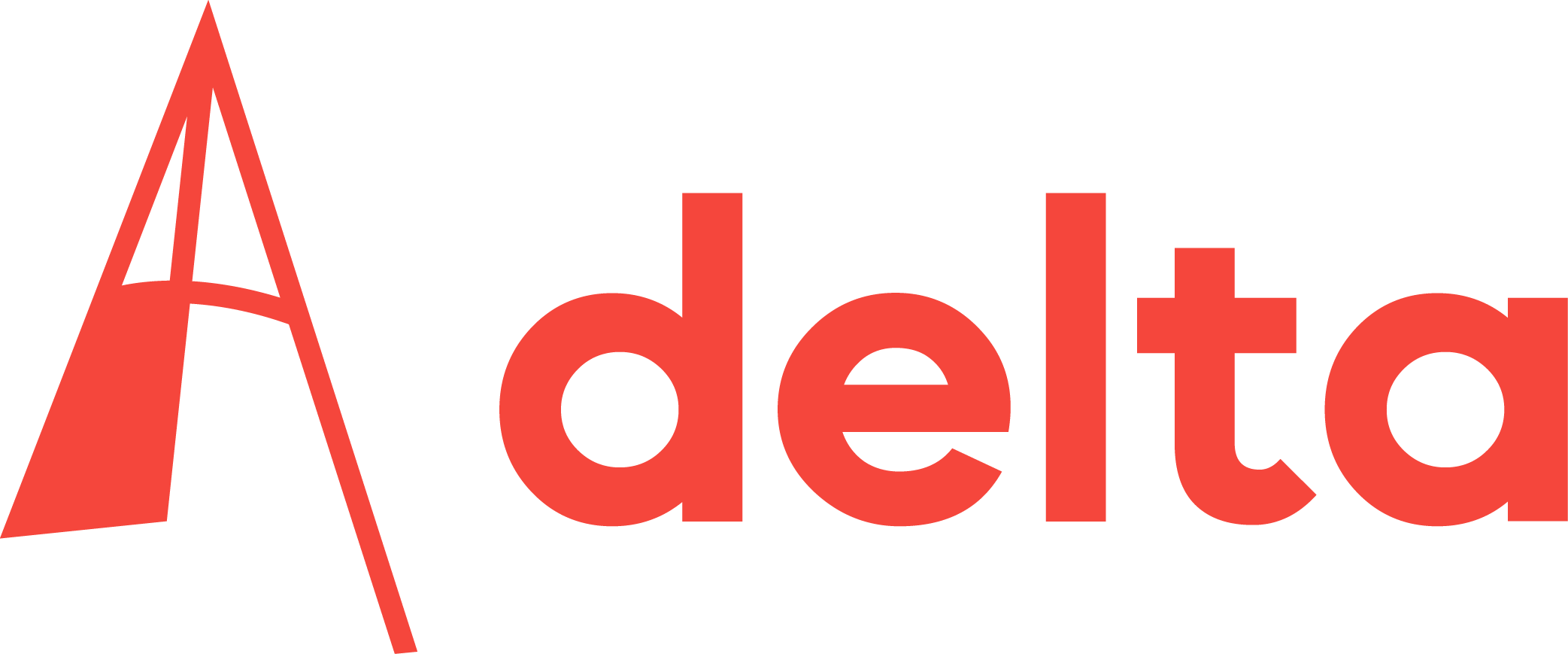Who are the people who work and study on our campus? PhD candidate Nama’a Qudah says that a refugee camp can teach us a lot about architecture.
For her PhD, Nama’a Qudah’s investigating how the evolution of architecture in one refugee camp is reflective of the people who live there. (Photo: Heather Montague)
“My father is Jordanian and my mother is Palestinian. My mother was never a refugee and neither was her father, but their history is something we grew up with since we were children. So, there is a personal interest for me because Palestine was always present in our house, constructed around the personal stories my grandparents shared with us about the lost homeland.
There were two waves of people coming into Jordan from Palestine, in 1948 after the Arab-Israeli War, or what is known as Nakba, and then in 1967 after the Israeli-Arab war, or what is known as Naksa. For my PhD, I’m focusing on one of the refugee camps that was established in 1955, located at the heart of Amman known as Al Wehdat Camp. People have lived in this camp for six decades so I’m looking at how they have been living and using the space.
When it started, unlike all of the other camps in Jordan, this specific camp started with housing units instead of tents. Because of this, it was given the name Wehdat, which means ‘units’ in Arabic. The camp was built in 1955 so it wasn’t connected to a wave of people, but they needed to build a new camp to accommodate overpopulation.
‘It’s a very complicated issue and there are a lot of agents involved’
The units were made out of concrete with corrugated metal roofs and were permanent from the beginning. With time, the building regulations inside the camp changed so people were allowed to add a first floor and, as the population grew, they are now allowed to go as far as three stories. Now you have what resembles a very densely populated, low-income neighbourhood. At first glance it might appear like any other neighbourhood, but if you look deeper into it and start talking to the people, you realise that even after six decades it still has symbolism and political notions that separate if from just being a ghetto or a slum.
There’s always this debate between politicians, urban planners, human rights activists that says that maybe we should upgrade these slums and give the people better living conditions. And then the opposing side says that we can’t upgrade them because it’s a temporary state and that legally they should stay temporary because that preserves these peoples’ right to return to their home country. It’s a very complicated issue and there are a lot of agents involved.
The house is the building block of any family. The units in the camp have been altered and adapted by families through the years to accommodate their needs. It’s a very interesting case study to see, in the absence of building regulations, because while there are regulations nobody keeps a strict eye on them inside the camp, how reflective architecture is of the inhabitants.”
Want to be featured in Humans of TU Delft? Or do you know someone with a good story to tell? Send us an e-mail at humansoftudelft@gmail.com
Heather Montague / Freelance writer



Comments are closed.